According to a recent poll, you can generate 3X more leads with content marketing. And at half the cost!
Content has become a pillar for inbound lead generation, but why?
What is inbound lead generation?
Lead generation is the process in which you gather potential clients, to then nurture them, and continue to move them down the sales funnel until they become clients.
Inbound lead generation is the process in which you’re building your lead base by attracting leads toward you.
This strategy is suited for marketers. Marketers must build a strategy to draw leads in by offering helpful resources that will prove the business value upfront.
The major benefit of implementing an inbound lead generation strategy is that you’re attracting warm leads. Meaning you can implement a warm outreach approach.
With an inbound lead generation strategy, you can cut down on spending endless emails explaining who you are and what you do, likely your new leads will already have a clear idea and have developed interest or need in your solution.
Inbound leads
This approach brings inbound leads to your business. But what are inbound leads?
Inbound leads are a type of leads who have already expressed interest in your company or service, by engaging with your social media, content on your blog, signing up for your newsletter, etc.
Typically, inbound leads are considered to be higher-quality leads since they have active interest and are likely to fit all of your ICP’s criteria, as opposed to outbound leads, who may not have heard from your company or service and therefore require a longer nurturing process.
Additionally, inbound leads have a 14.6% close rate.
7 inbound lead generation methods
When setting up your inbound lead generation strategy it’s wise to hit several different points of contact in order to broaden your chances.
These are our favorite 7 methods:
1. Content creation
By adding a blog to your website, you’re able to add articles covering topics that may be of interest to your website visitors.
You can cover topics that are relevant to your niche, or add tutorial articles that your visitors can then access easily.
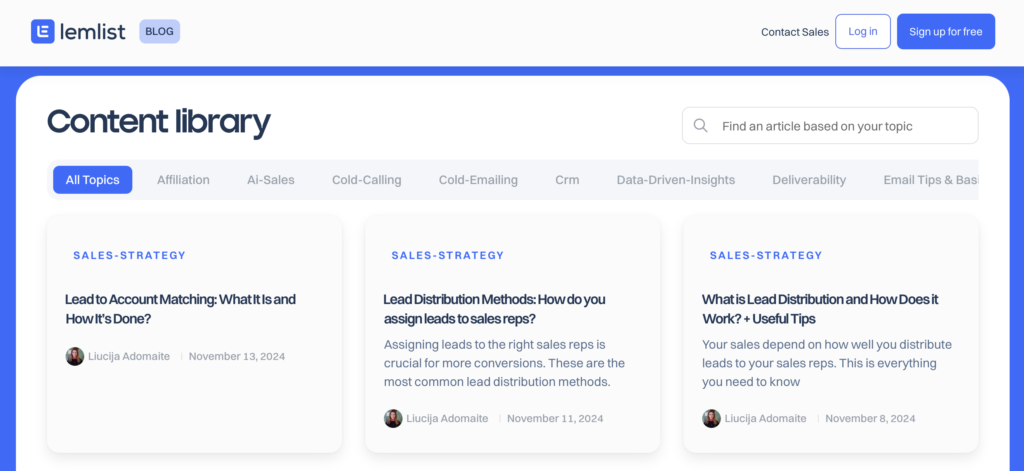
2. SEO
If you’re going to have a blog or publish articles, you want them to be visible to anyone who has an inquiry on your keywords, and not just visitors of your website.
Therefore, implementing an SEO (Search Engine Optimization) strategy is crucial.
The primary goal of SEO is to increase organic traffic to your website, this will result in appearing close to the top of the search results. After all, people rarely get to the second page of results.
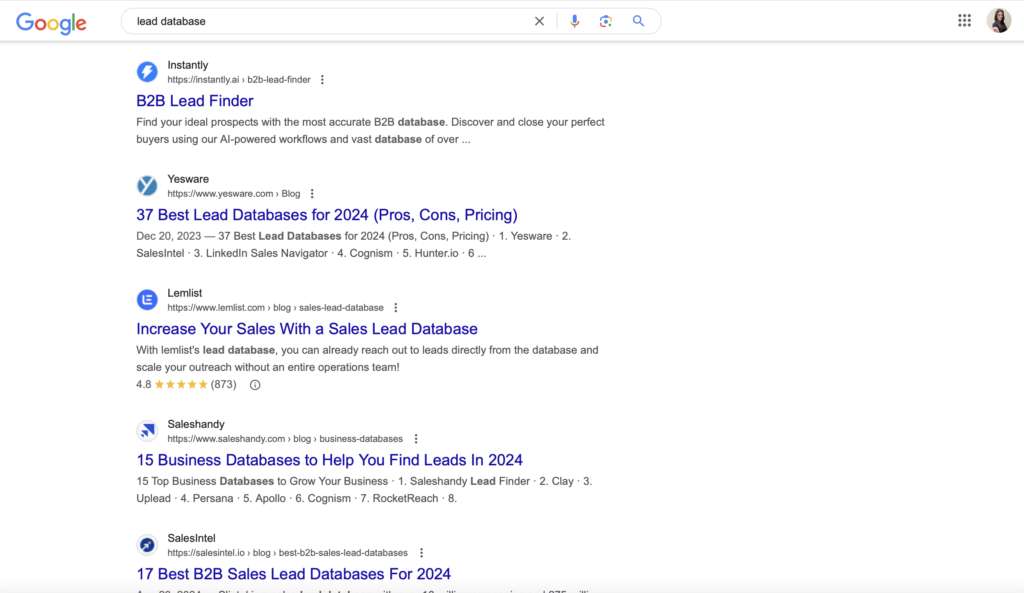
Some SEO techniques include:
- Keyword research
- On-page SEO
- Off-page SEO
- Technical SEO
By implementing this strategy you will essentially ve increasing your site’s traffic, and more traffic, equals more leads.
3. Social media
While being being a primary source in search engines, it’s also important to be active on social media. Particularly any social media which is relevant to your industry.
In most cases, the most relevant social media platform tends to be LinkedIn. With more that 1 billion professionals, LinkedIn has become into on of the largest lead database there currently is.
If you need more tips on how to use LinkedIn for lead generation, feel free to check out the following video.
This video takes us to our next point. YouTube.
According to Insivia, viewers retain 95% of a message when they watch it in a video compared to 10% when reading it in text.
Therefore going for a more visual form of social media can be extremely beneficial to engage new inbound leads.
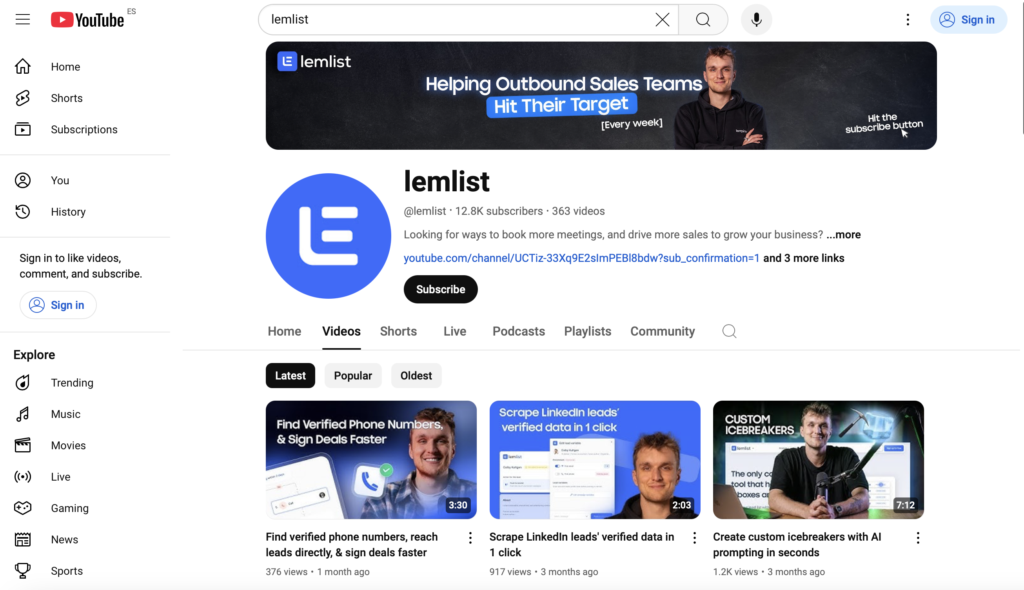
4. Webinars
Webinars are an excellent way to gather inbound leads.
It gives you the opportunity to present a common pain point, like for example, “Using your tone and body language to overcome objections”.
By hosting a webinar, you get the chance to showcase your expertise en engage with leads in real-time, which offers a much more personal approach.
With webinars you can also include lead captures in your registration forms, so you can then create a webinar follow-up campaign and reach your leads while the topic is still hot.
One of the benefits of implementing webinars, is that leads can actually see a real person behind the screen, which essentially increases trust.

5. Referral or affiliate programs
Referral and affiliate programs consist on rewarding your existing network with exclusive benefits in exchange of them promoting your product or service.
This method is very beneficial to grow your own network by leveraging your users´ own networks.
These programs allow you to scale your reach and drive high-quality leads.
The major benefit of this method is that most people will take advice and tips from people whom they already trust. Therefore, when they reach you they will have already received true feedback from your product or service.
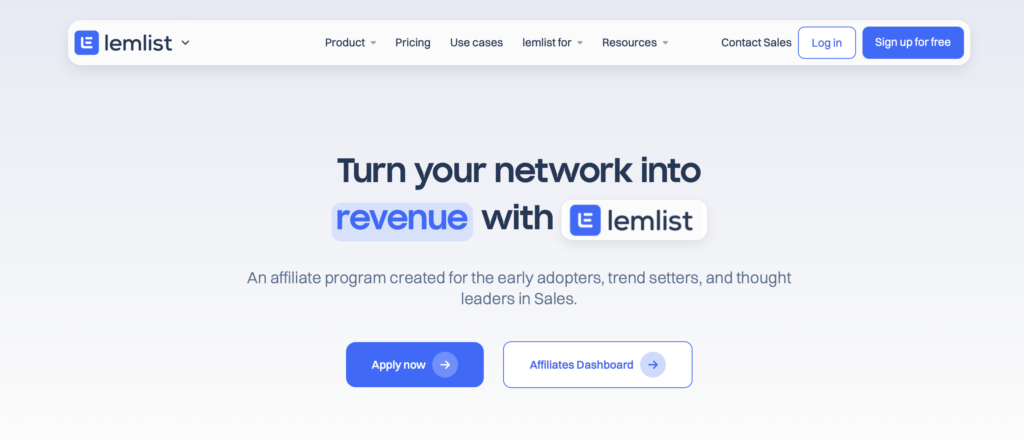
6. Lead captures
A lead capture is a form which you can include in many different format such as chatbots, landing pages, pop-ups, or static in-page forms.
These forms are used to gather information from your leads in exchange of a valuable resource such as newsletters, webinars, ebooks, etc.
This method, when correctly personalized, attracts inbound leads by addressing their pain points.
Once you have gathered their information, you should immediately respond with the promised resource and then continue with a follow-up nurturing campaign.
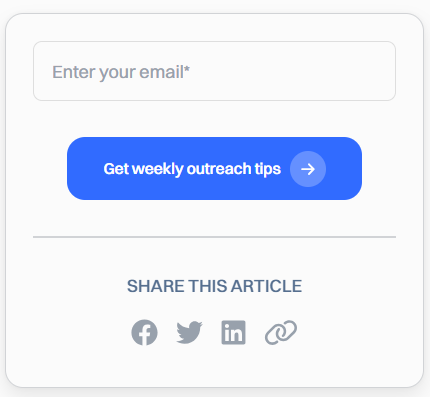
7. Newsletters
Sending a newsletters is a very effective inbound lead generation method.
By using this method, you’re providing your leads with constant value before and after they decide to convert.
When your leads sign up, they receive weekly or monthly helpful and educational content that will eventually lead them to trust and engage with your business.
Additionally, it gives you a perfect opportunity to track your leads’ engagement metrics and therefore you will receive insights into your subscribers preferences and tendencies to help you define an even more personalized and tailored nurturing strategy.
When done right, newsletters not only bring in leads but also build long-term relationships that convert into loyal customers.
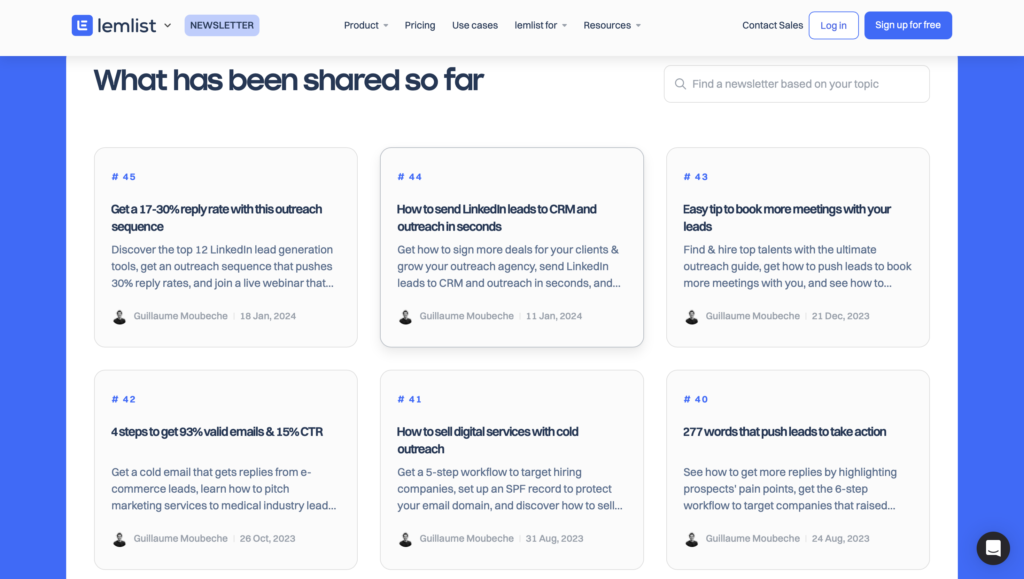
Benefits of inbound lead generation
Aside from growing your lead base while building trust and establishing yourself as a thought leader, inbound lead generation offers many benefits.
- Attract warm leads
As mentioned earlier, warm leads tend to be higher quality than cold leads.
You don’t have to waste so much time and energy on lead nurturing, as they have already done their research, they know who you are, and they decide to follow you.
Additionally, these leads are very likely to already fit your ICP and its criteria.
- Build credibility
A customer will typically consume around 5-7 pieces of content before deciding to purchase.
With inbound lead generation, you ensure to be covering all your bases so that leads can find your content in their preferred channel and therefore trust you do know what you’re doing and you’re a valuable asset.
- Scaleable strategy
With a well-defined content strategy, your base of readers and visitors will grow steadily without having to invest extra resources constantly.
Additionally, as you create and optimize your articles, your online presence will continue to grow and therefore will attract more and more leads over time.
- Stay ahead of the competition
If you cover all of your bases and keep up with all trends and pain points, you ensure to stay ahead of your competitors, while establishing yourself as a thought leader.
- Broader reach
By making effective use of SEO and your keywords, you can ensure that anyone can come across your business easily and quickly.
This will inevitably grow your business.
How to implement inbound lead generation
As with every aspect of your lead generation, you’ll need to implement a specific roadmap to make sure that your sales and marketing teams re in sync and aware of the chosen strategies at all times.
You can create your inbound lead generation strategy in 4 simple steps.
Step 1: Define your ICP
Most strategies begin with this step.
Your ICP or buyer persona is a fictional character that meets all of the criteria your ideal client would have.
Defining this fictional character will help you have a visual representation of the person you want to target. This will allow you to visualize their pain points, their industry and niche, and the tone and channel they may prefer.
However, mapping out all of these details can be tricky and time-consuming. With the following free tool, you can receive 3 examples of your ICP in mere seconds.
Step 2: Decide on your channels and content
Once you have defined your ICP, you may have a clearer idea of the channels they typically use.
Bear in mind that not all channels are used with the same intent, nor to consume the same type of content. Sarcastic comments on LinkedIn may be fun and increase engagement, but the same tone on your blog posts could make you seem unprofessional.
This is an example of a basic content strategy:
- LinkedIn → trends and debates
- YouTube → Lightening the mood with valuable and breezy content
- Newsletters → Detailed tutorials
- Blog → Covering major pain points, tutorials, guides, and definitions
- Webinars → Further engagement and adding lead captures
Step 3: Run lead qualification
It is important to note that although inbound leads are more likely to convert, not all inbound leads are fully qualified for your business.
By implementing a lead qualification strategy, you will be assigning value to each of your leads based on features such as decision-making authority, budget, timeline, etc.
This will help you decide what leads qualify for lead nurturing.
Although you can still reach out to all your leads, it’s smart to save your efforts to leads who fit a higher percentage of your desired criteria.
Step 4: Nurture your leads
The final step.
Yes, leads will come to you with a well defined inbound lead generation strategy, but if you really want to close those deals, you need to go the extra mile.
Run personalized campaigns to your leads based on their qualification status.
By reaching them at the right time, you will ensure that your leads don’t cool down.
With an outreach tools, such as lemlist, you can run completely personalized campaigns that will help you increase your conversion rates.
You can even include AI-generated icebreakers and P.S. lines that are completely personalized.
Final tips
Inbound lead generation is an excellent way to attract leads to your business like bees to honey.
But there are some tips you should not forget.
→ Know your audience
→ Be consistent with your content creation
→ Don’t forget to optimize
→ Hit all your bases
→ Don’t let your leads cool down and combine your strategy with outbound lead generation!
Your source of actionable outreach tips and strategies that will help you get replies and grow your business.

